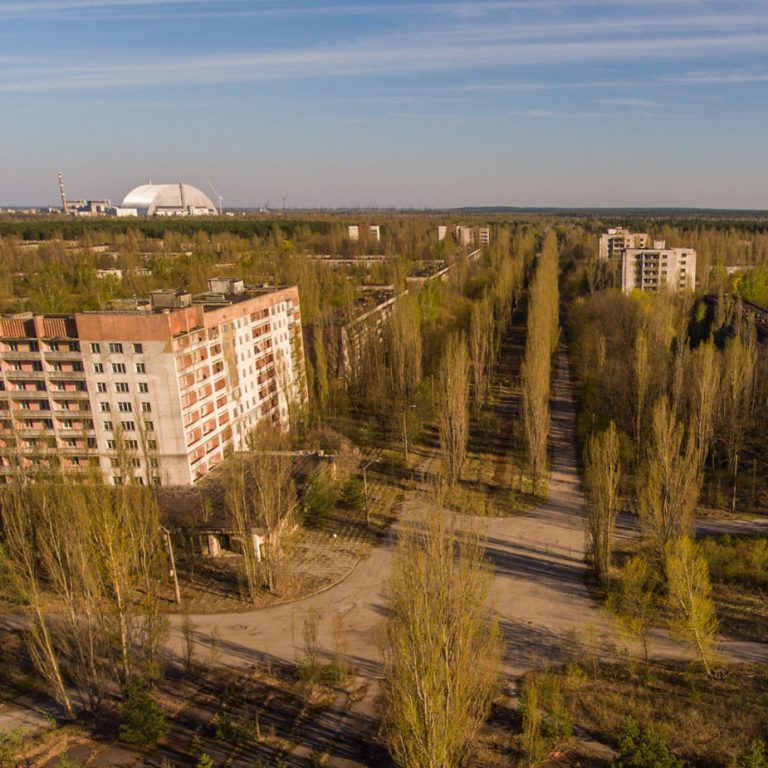Prypiat is the city that saw bright prospects and terrible consequences. For the last 30 years this is an abandoned spot, contaminated by radiation. Today Prypiat is the subject of legends, the territory of dreary scenes and a sign of nature’s superiority. Still, this is a potential city-museum of international level. It’s a landmark of an enormous technogenic accident. Ex-residents of Prypiat assure that everyone should visit this place at least once in their lifetime. They say you should pay a visit and do your best to prevent a rise of new ghost town.
Prypiat is a town located in Kyiv Oblast, near the Ukraine-Belarus border, 2 km from Chornobyl Nuclear Power Plant. The town was projected and built as a satellite of a power plant, the ninth atomgrad in the USSR.
The town Prypiat is named after the nearby right Dnipro river tributary. It was founded 1970 and was planned to become a huge railway junction, the crossover points of transport rules and a harbor for river shipping.
atomgrad
the name of cities that are built to shelter power plant’s staff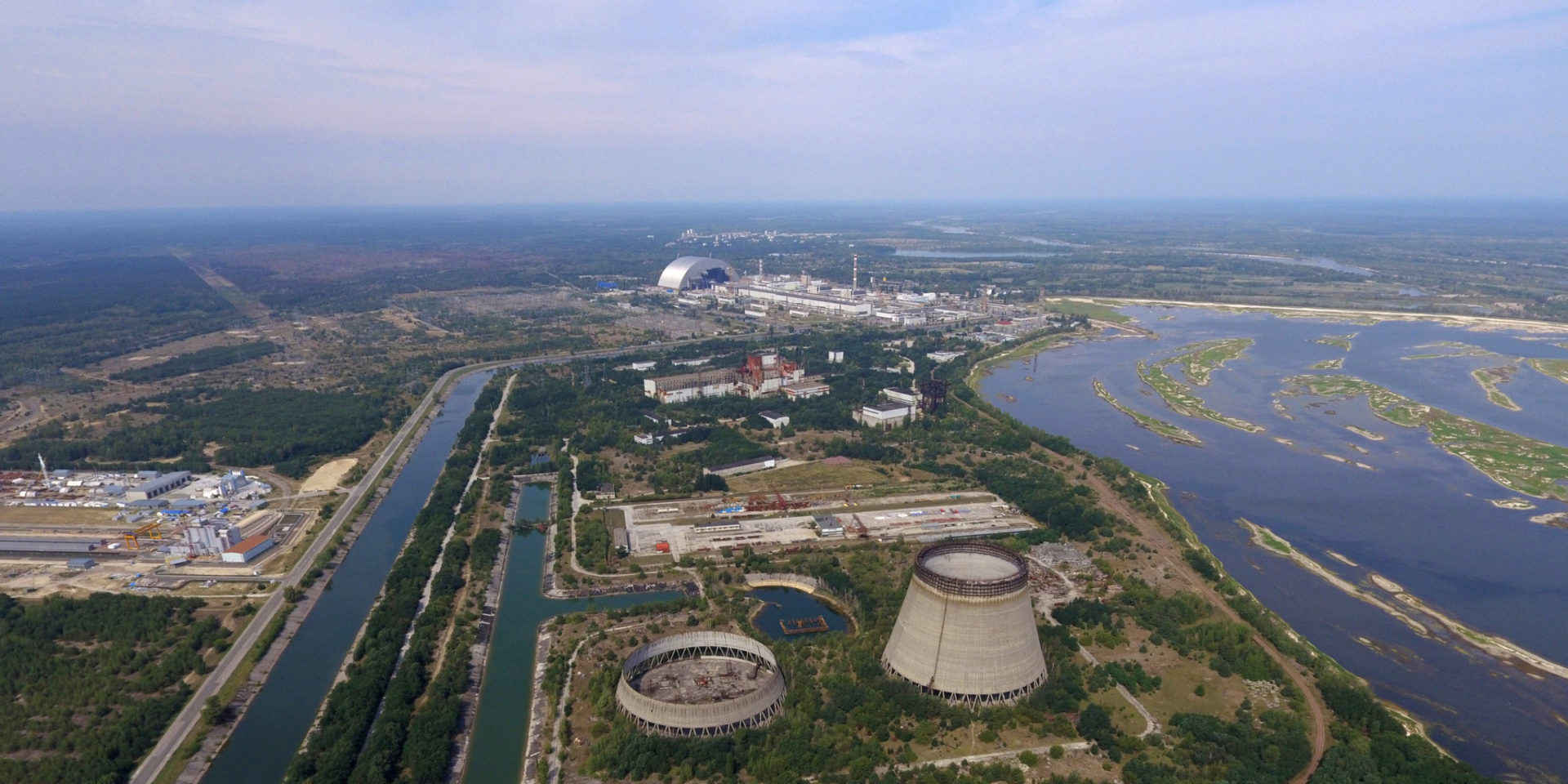
On April 26th,1986 reactor No.4 of Chornobyl Nuclear Power Plant was where the large accident occurred. Next day evacuation of approximately 47,000 Prypiat citizens was announced. As a result, the town became a dangerous nuclear zone, where people could not live.
Since then, the 30 km zone around a station became an exclusion zone, which absorbed the territory of the Power Plant itself, towns of Prypiat and Chornobyl, the north of Polisskyi Raion of Kyiv Oblast and the part of Zhytomyr Oblast up to its border with Belarus.
The stories of both Prypiat and Chornobyl are closely intertwined. These are usually confused, still the towns are completely different. Chornobyl is located approximately 12 km from a power plant. 14,000 people inhabited the town before the accident. The town itself has nothing to do with the power plant. It was called Chornobyl Nuclear Power Plant because it was built in Chornobyl Raion.
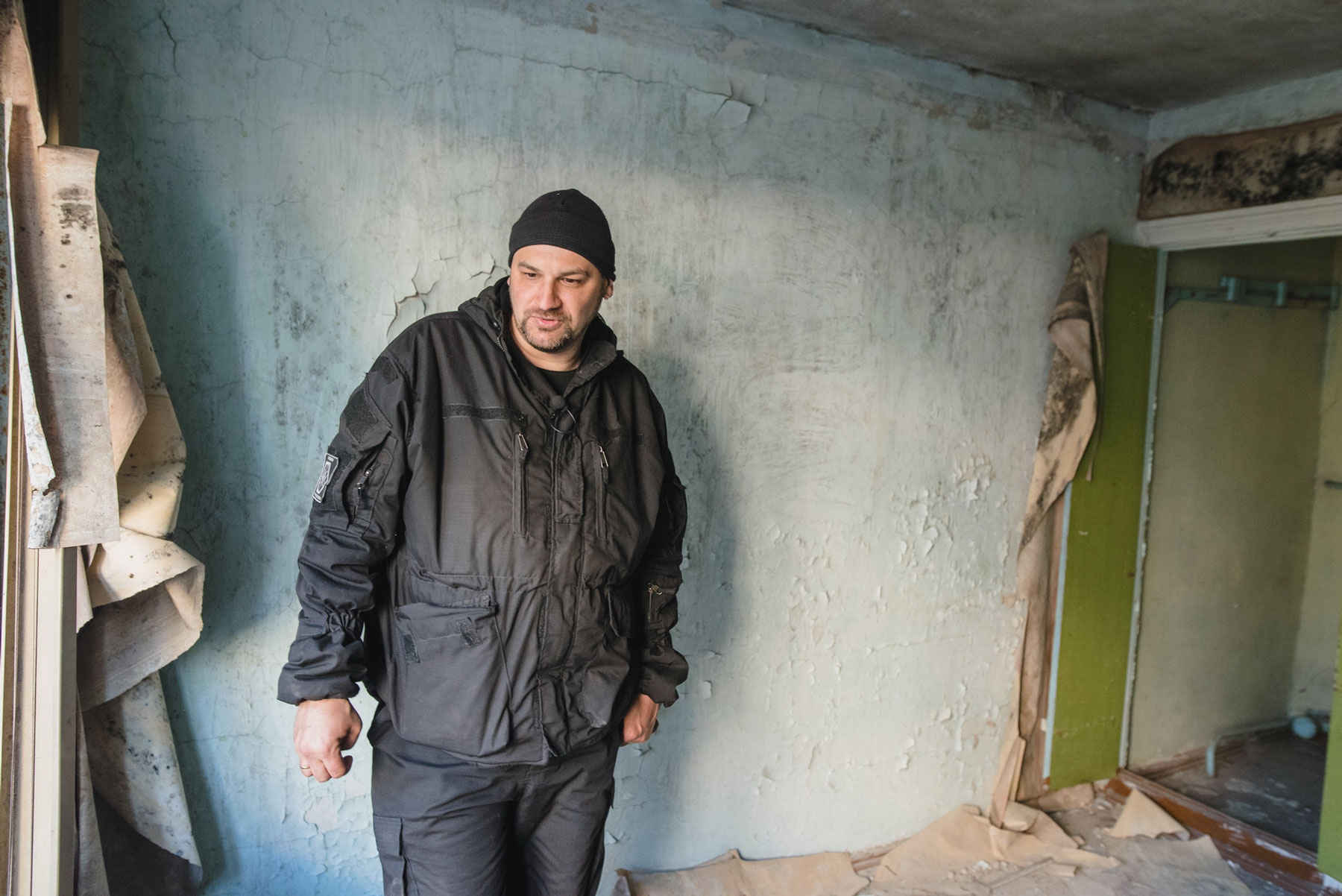
Oleksandr
Oleksandr Syrota was born in Kherson Oblast, but spent most of his childhood in Prypiat with his mother Liubov Syrota, a writer, editor and translator. The terrible accident occurred when Oleksandr was 10.
Years passed since the evacuation, but the town didn’t let them go. Nowadays Oleksandr creates documentaries dedicated to Prypiat and Chornobyl tragedy, arranges and gives tours around the Exclusion Zone. In addition, he is the head of international public organization “Center Pripyat.com” and is a member of the State Agency of Ukraine on Exclusion Zone Management.
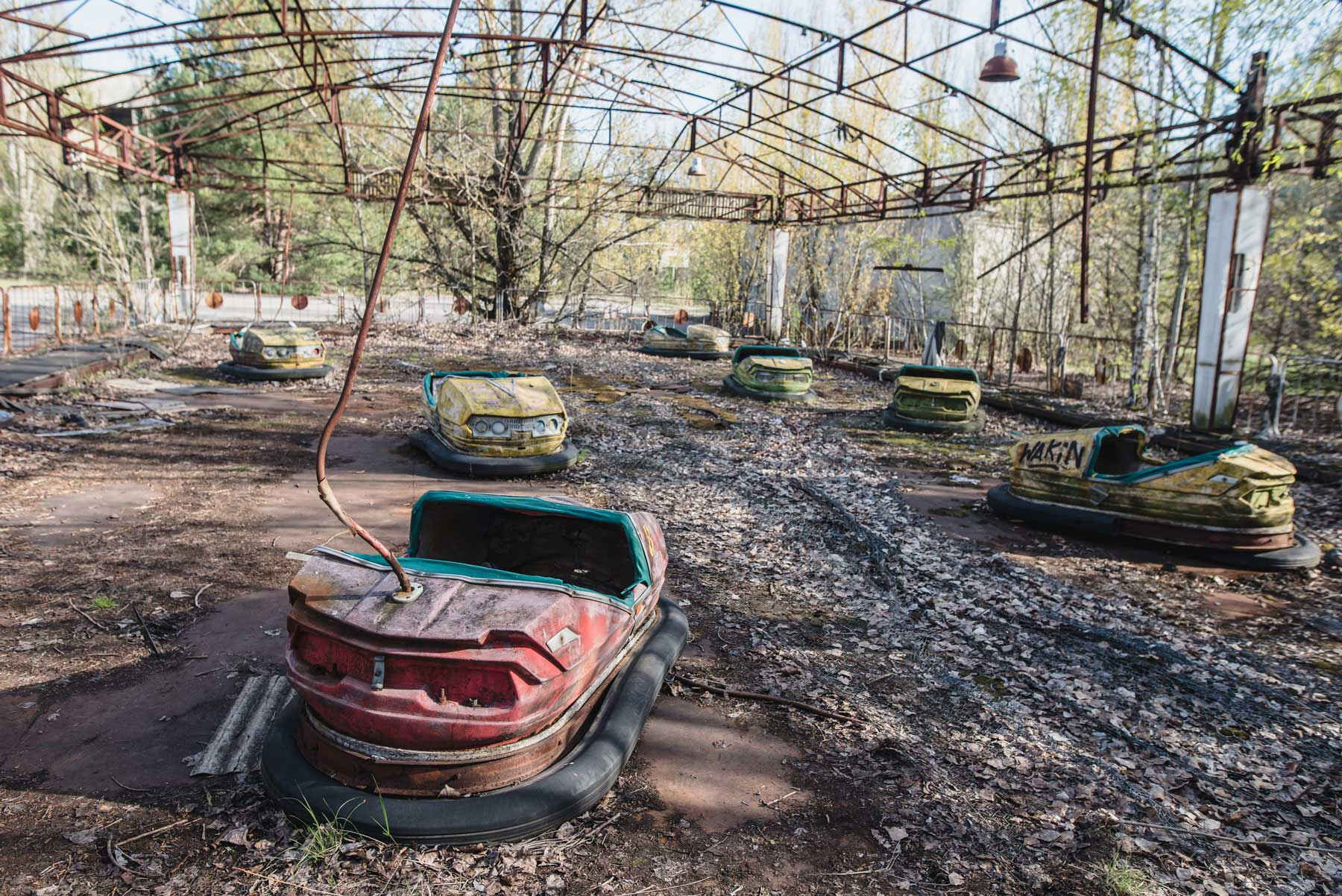
The Accident
The accident occurred on the 26th of April 1986, on Saturday. Children went to school 6 days a week back then, so a 10-year-old Oleksandr woke up in the morning and went to school, the third grade:
— Teachers got called into an emergency meeting. Maybe, the power plant was the reason. After the second class, during a break, we heard sirens and converged on the sounds. We saw a large group of anxious adults. There were also approximately 10 ambulances with flashing lights turned on on the playground near policlinic. So, we started to bombard them with questions, “Mr, Mr, what happened?” Right until somebody told us there’s a fire on a station for us not to disturb the adults, not to spin under their feet. We ran to overpass to watch the fire on the station.
What Oleksandr witnessed, he tried to explain it the way he perceived the picture being a 10-year-old.
— Many people described a giant glow right up to the sky. I’m not saying it didn’t happen, but it wasn’t like that when we came. The station went up in a smoke like a fog. Actually, we saw nothing interesting, just the helicopters flying over our heads.
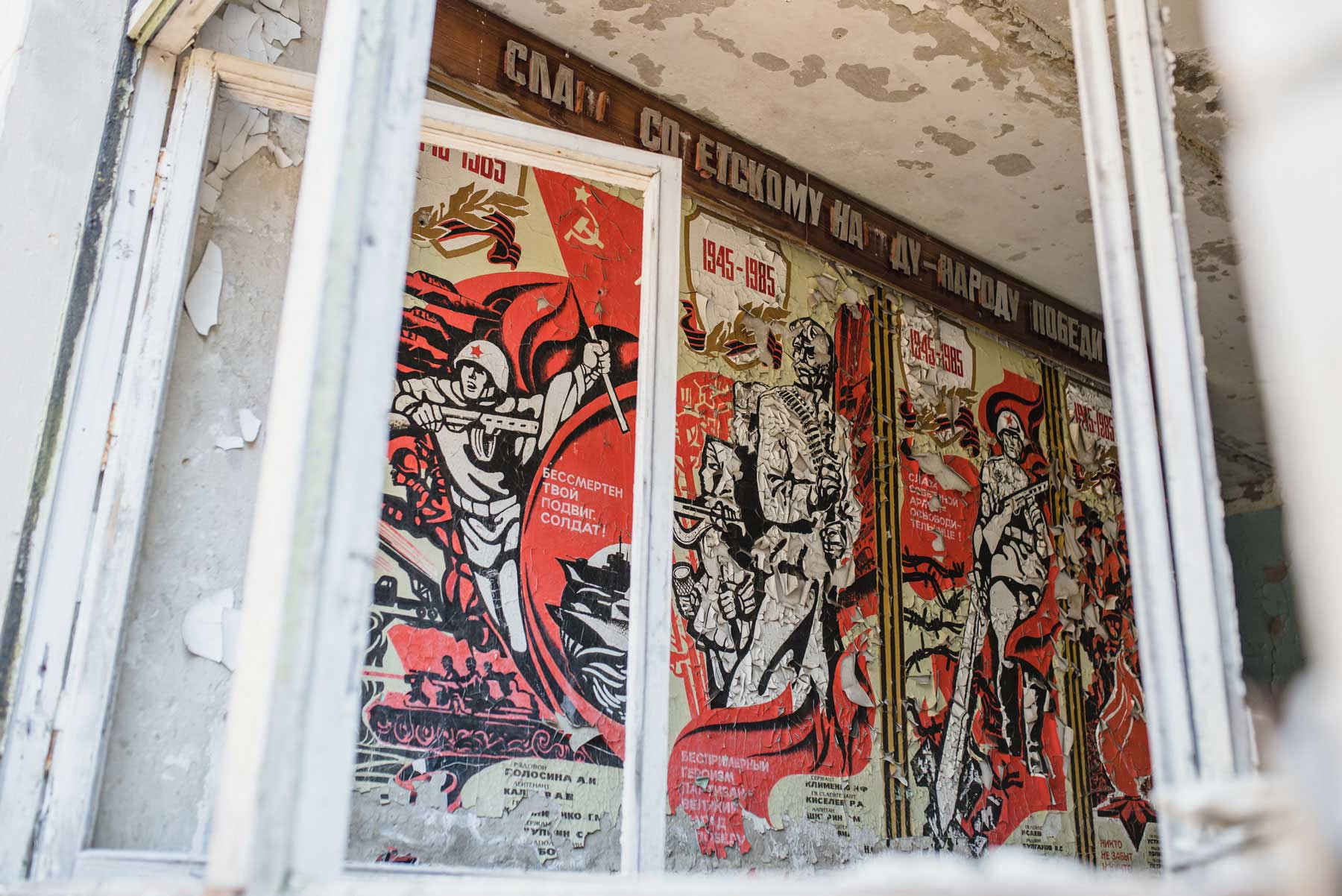
Plenty of details he remembered for all his life.
— At noon on the 27th of April loudspeakers announced the evacuation for the first time. Two hours later the busses arrived. All this time I stared in the window, talked to my friends. Mom was at work. I remember that before evacuation, when we went outdoors, mom was taken by housing office workers and police. They began to seal buildings. Then we caught a bus that stopped right at the porch and drove away. At that time evacuation was considered temporary measures that would take several days. Is it necessary to take many things with you, if it is only for three days? No. Everyone took a minimum of clothes, documents, sandwiches and thought of it as additional days-off. My mother fought to get a new flat in Kyiv and she managed to do so in new 1987 year. Before, we rough it by living at friends’, acquaintances’.
My mother applied as an editor in Dovzhenko Film Studios then. She worked there till retired. In 1988, she did a journalistic movie “Porih” (“Threshold”) with a director Roman Serhienko. This is probably one of the first documentaries about Chornobyl that demonstrated not the Soviet pathos, but the real events. That’s why on the dispute commission the creators were threatened to be shot, as the movie demonstrated the military zone and health problems of people suffered from the accident.
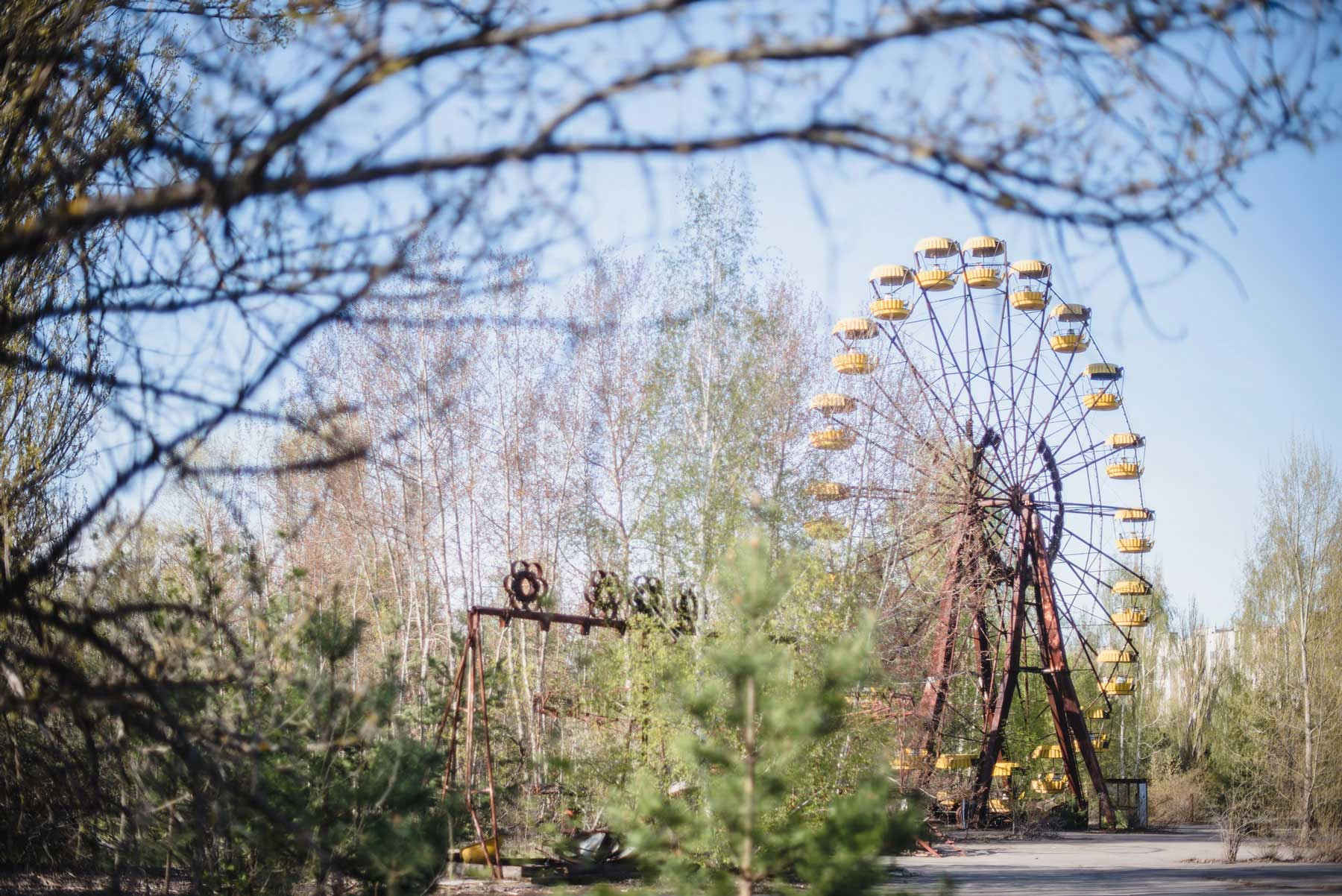
A return
Olexandr came back to Prypiat in winter 1992.
— I waited for this moment for many years, as there is no access to the Zone for people under 18. I asked my mother to help me. She told me to wait till I am 16. When I turned 16, I pressed at my mother saying she promised to do something to help. She talked his ex-colleague Olexandr Demydov from “Enerhetyk” Palace of Culture, who was the head of Slavutych TV at that time, to take me with them in case shooting a news segment. In winter 1992 we are going to the Zone by bus. They left me in Pripyat and drove on a power plant to do a piece. I spent 5 hours walking around completely alone. I visited all the places I remembered since my childhood. Most of all I just cried. It was a psychologically very difficult visit.
— Only after this trip I realized for myself that there is no place to return to. Maybe, that visit was the one to define my future occupation. I found a way to return
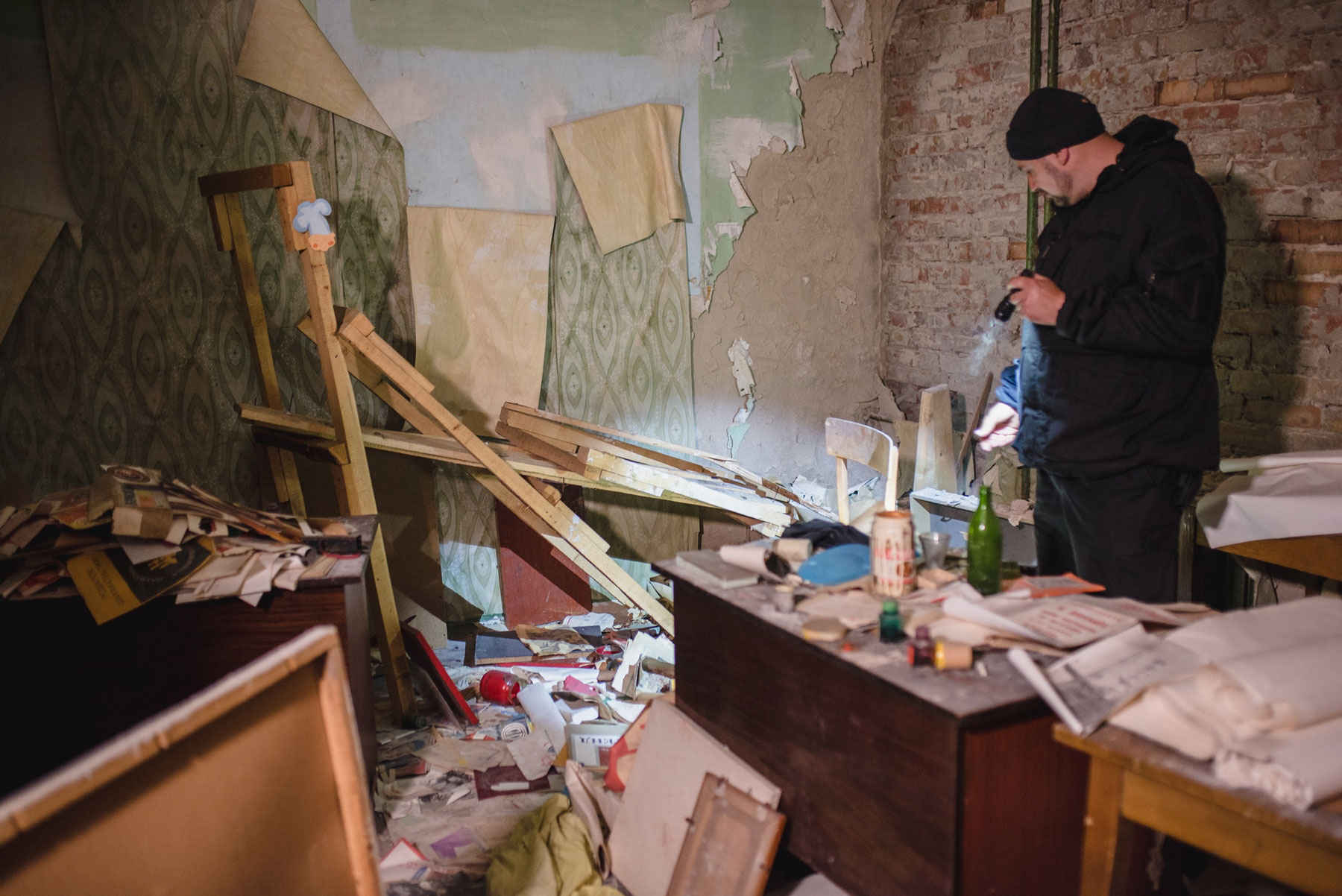
I found practically nothing in my room. Our raion is the closest to the station. There was a total clean-up there. Furniture and fridges were thrown out through windows. Later, all of these were dug in sand. Very few things were left untouched. My construction-set elements and a floor lamp. Everything else was dumped.
We didn’t have anything precious, therefore, nothing was stolen. My mother came back here in May, 1986. She managed to take several photo albums and a couple of hats that brought about huge health problems to her.
However, photo albums are the memories that didn’t let me forget the town and somehow made me return. Now I am constantly here. I work with press, TV, film industry. We are shooting various projects about Prypiat, work with delegations, who are interested in walking around and observing things.
So far, I feel that this exact town is my home. Those feelings just don’t go away. Maybe that’s one of the reasons I cannot do anything else. I come back here, anyway. Whatever I do, after all, I am here.
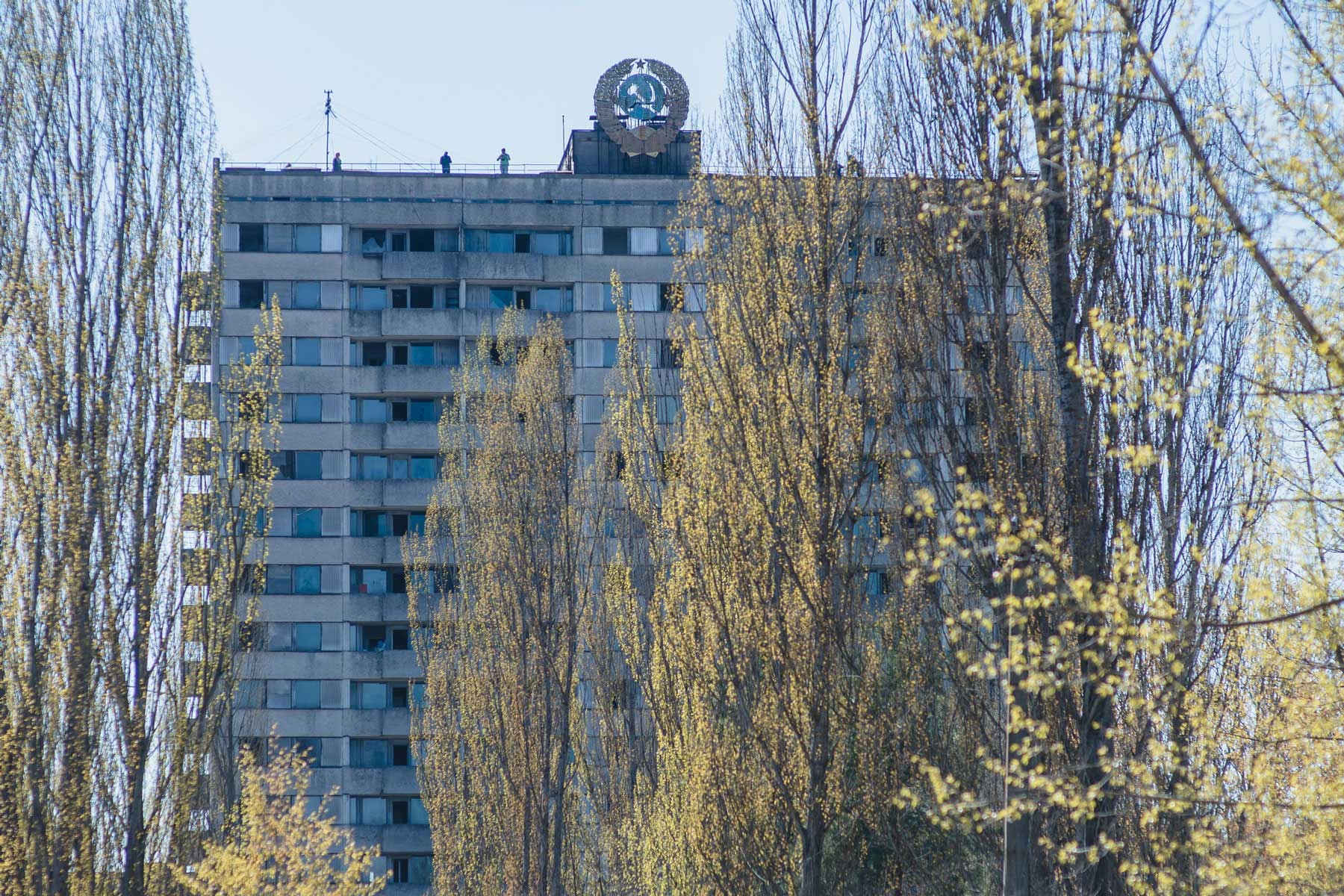
Prypiat
Oleksandr says that Prypiat functioned as a territory with several enterprises up to 2000s. Crossing the border of the Zone at that time was much more difficult. Clearly nobody wanted to let tourists in in such big amounts. The infrastructure was better, still the radiation risks were much higher. There are two operating enterprises here nowadays as well. Deactivation of overalls workshop and a garage for the cargo cars that carry nuclear waste.
— In fact, it is interesting. You’re coming here in winter 1994, it’s dark, the city department loudspeaker screams so the whole town could hear. Some Alla Puhachova sings her “Million alykh roz” (“A million of red roses”) and the bright source of light: a basin “Lazurnyi” (“Azure”) open for the stuff.
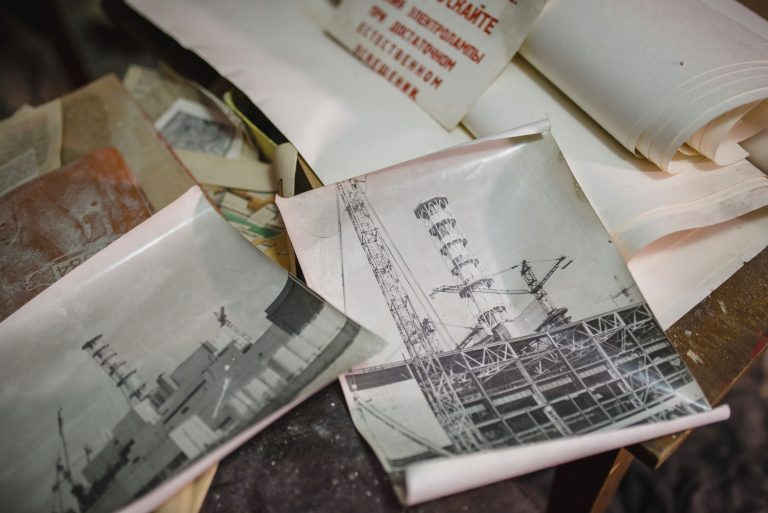
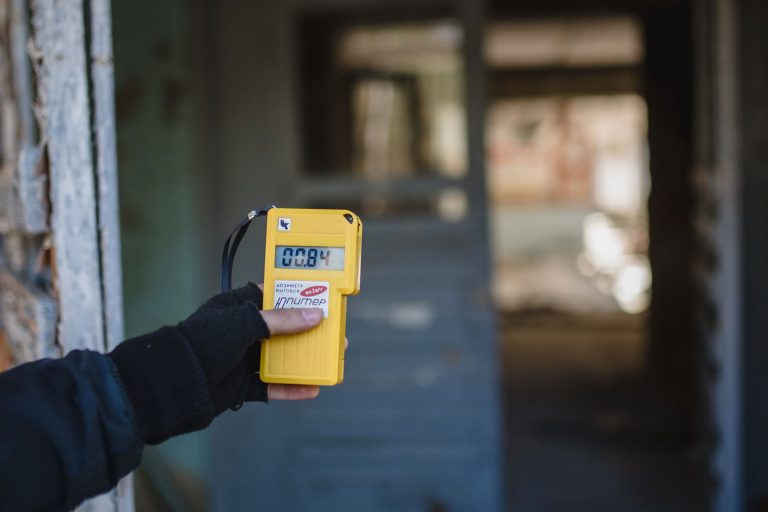
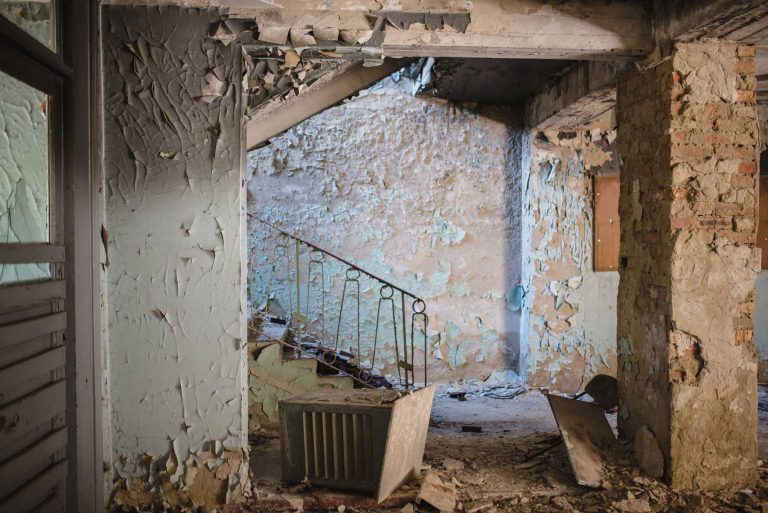
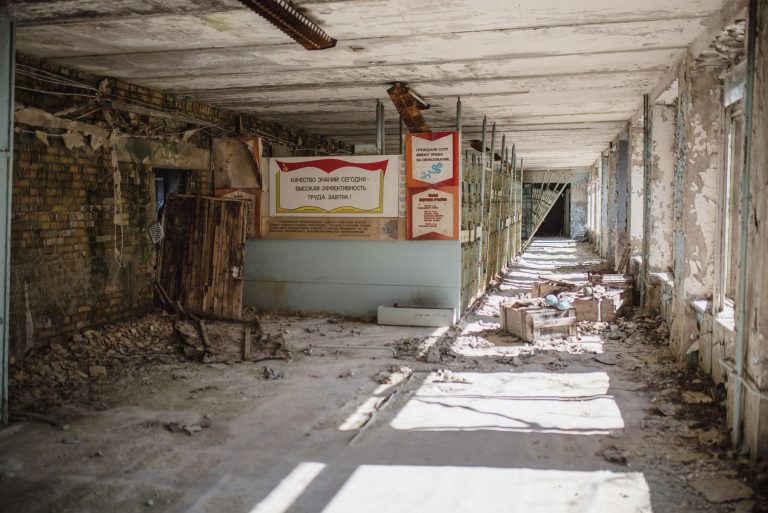
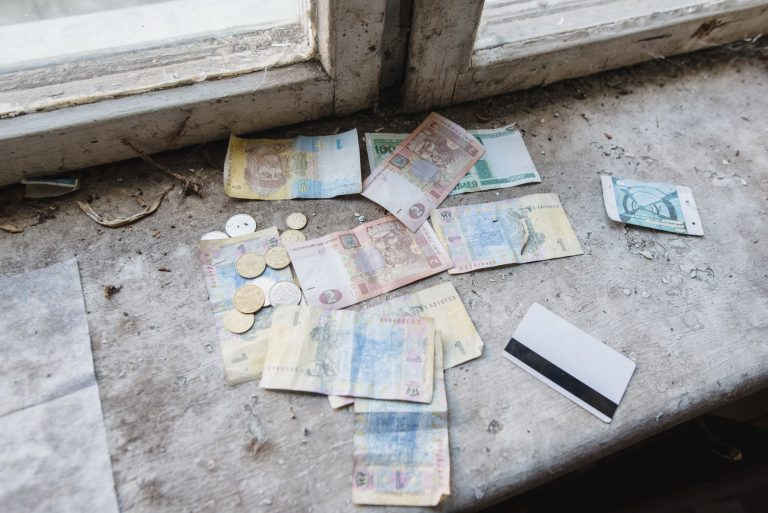
slideshow
Olexandr recalls that in one of his dreams Prypiat was a buzzing, inhabited town. Then the picture changed.
— I kept on dreaming about the town, but it was never buzzing. I got different dreams about us returning, town’s being reconstructing.
Watch our 360 shooting, made in cooperation with the company The Farm 51:
Buildings and neighbourhoods of Pripyat are gradually collapsing. The first ones to ruin are brick buildings. The last ones are made of reinforced concrete. It is necessary to take it into account before entering any building.
— The street I lived on, Druzhby narodiv, is the oldest in Pripyat town. Here you can find the most hazardous building. These destroyed tiles is the first sign of a future collapse. This is the way it was with my school. First, stucco and tiles sloughed off. In a year or two the walls collapsed.
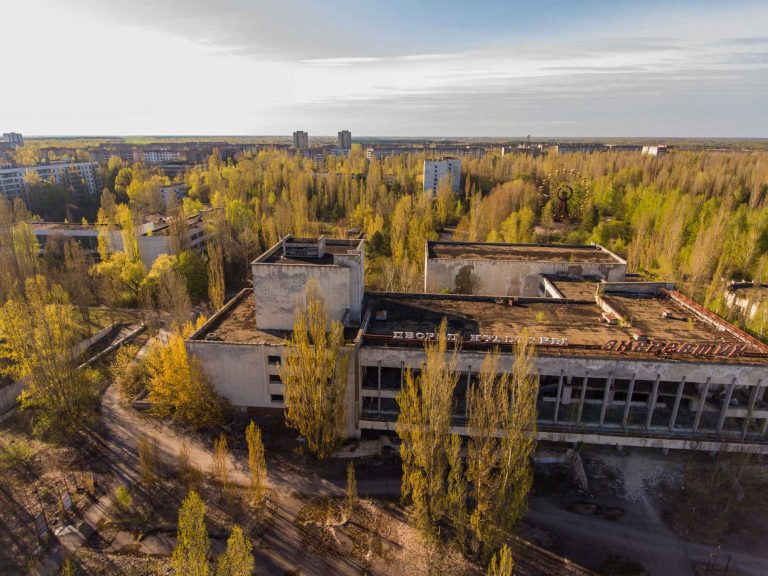
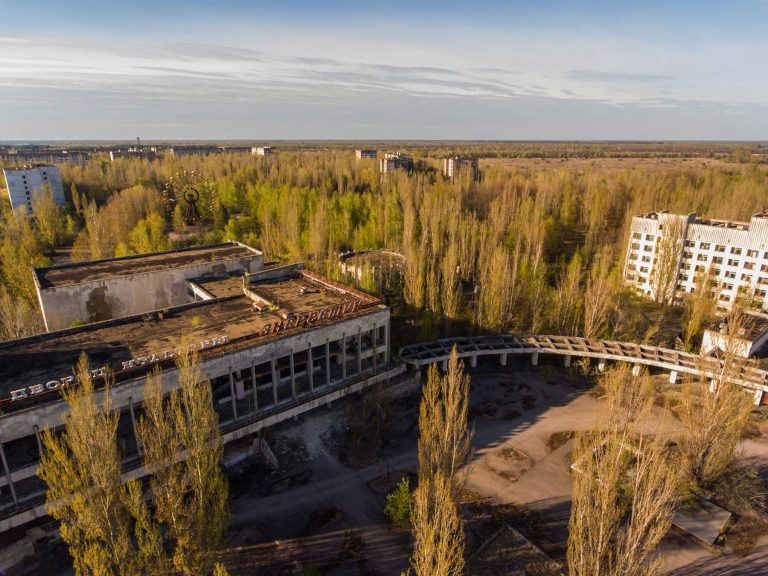
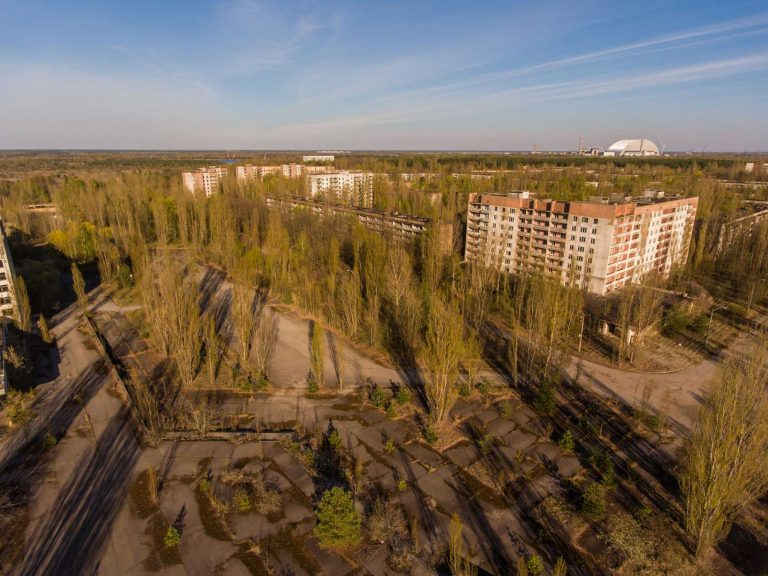
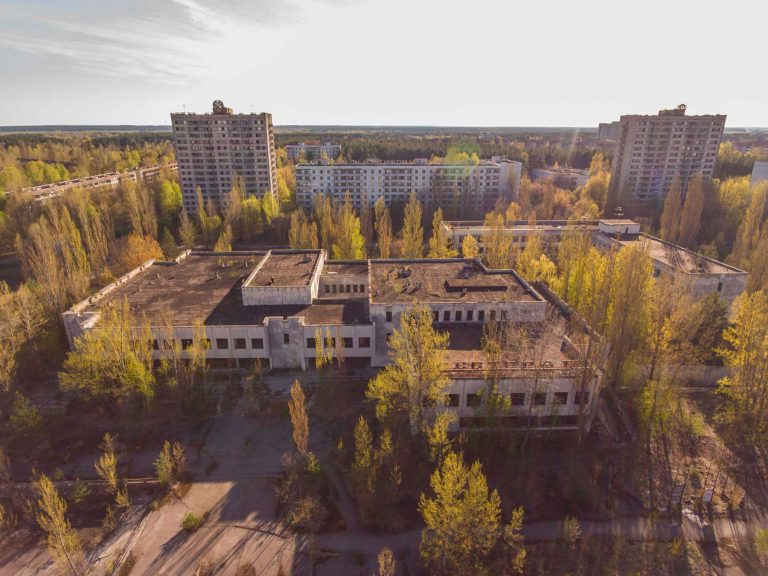
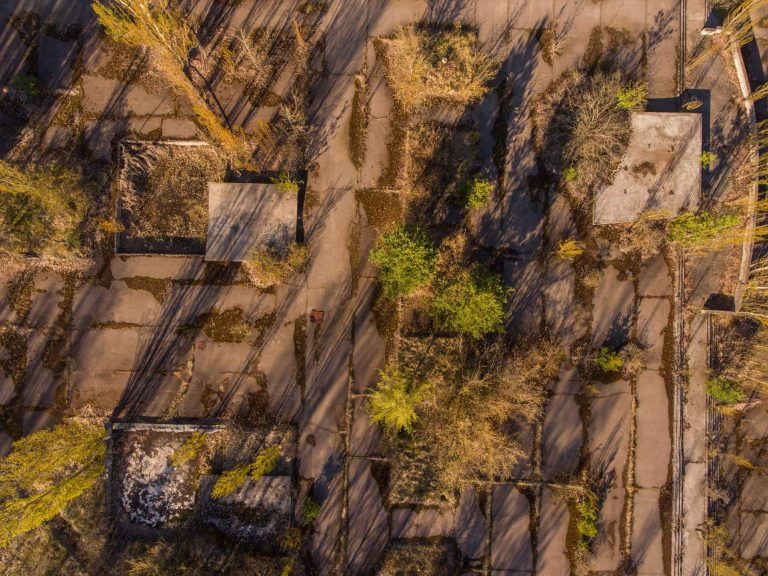
slideshow
— This is one of the buildings to fell into ruin. “The nation’s health is the state’s wealth!” is one of the mottos left in Pripyat. There were a lot of them all over the town. So to say a little Soviet Las Vegas. Everything is neon glowing, glittering, shining. “Lenin’s party is the public strength that will lead us to communism triumph”, “Let the atom be a worker, not a soldier!”, “Peaceful atom in every house”.
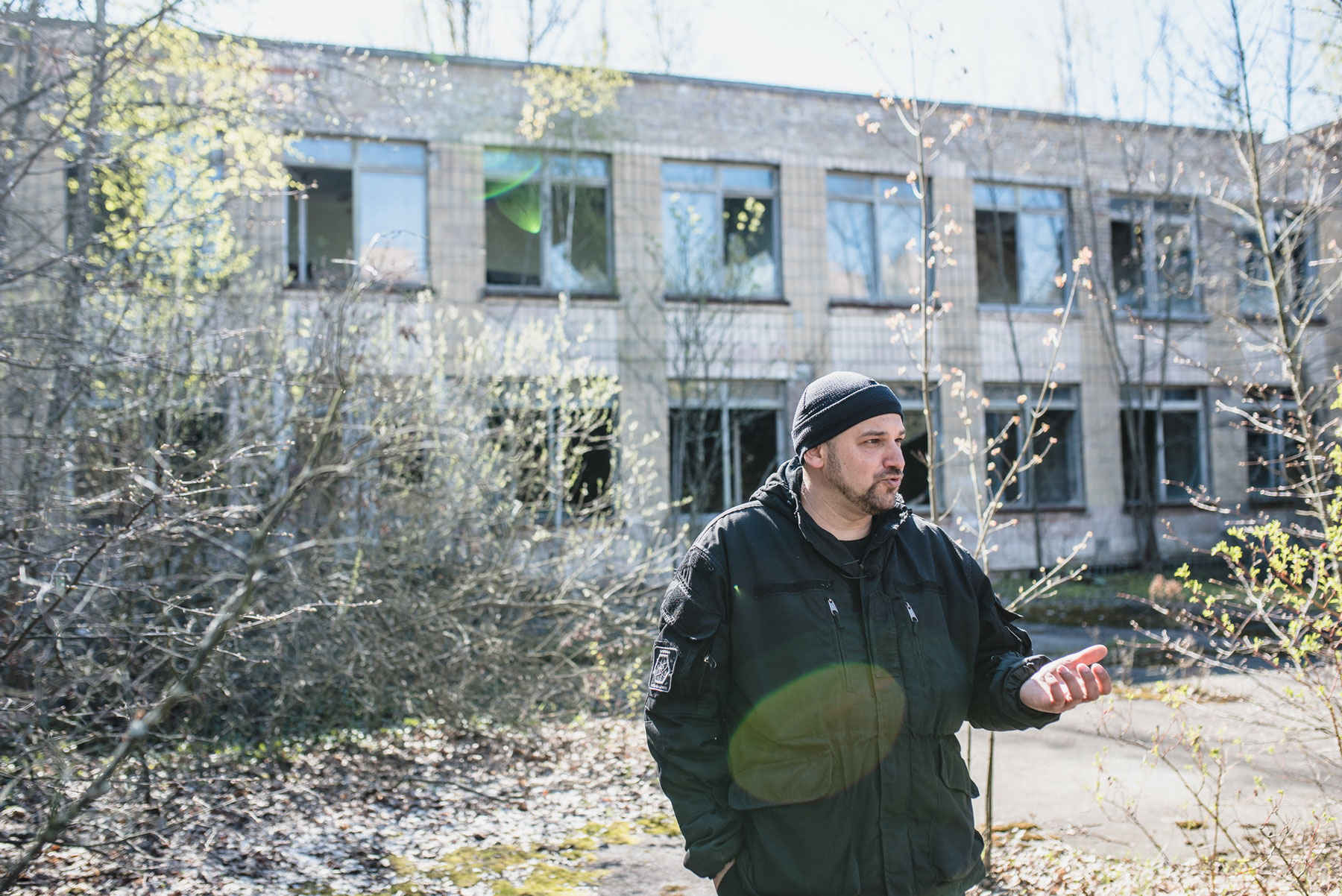
School
— School… If there was an old teacher standing before me, I would say I loved the place. Still, I hated it. I could have thought then, “Damn you!” Be careful with your desires. These tend to come true.
Oleksandr shows where he spent 3 years studying.
— This is the wind of junior school. Here, under the debris on the first floor, there is the entrance to my class. The back exit was hidden under all stairs. We used it to miss classes. It was the most hidden secret. Just imagine. I’m missing the classes with my friend and find a leather football ball in that room. It is hard to describe to modern youth what was so special about the ball in the USSR at the end of the 80s. This was a true treasure for us though. We are playing with this ball and at some moment we throw it at the boiler’s roof. And that’s all. There is no ball anymore.
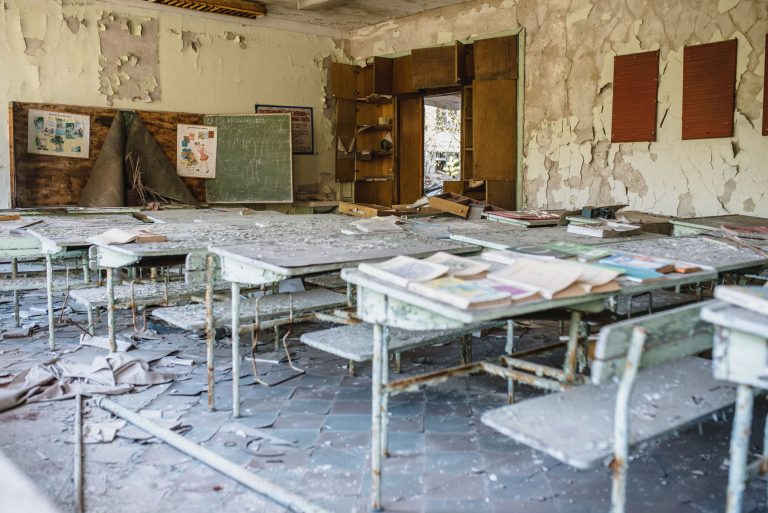
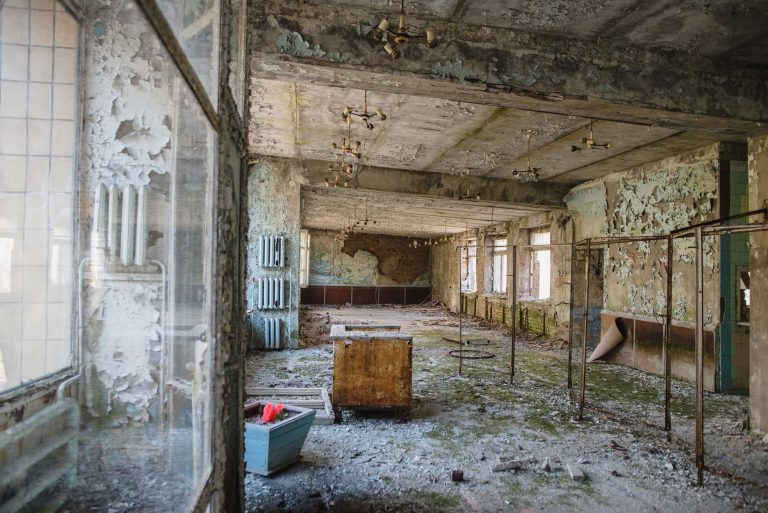
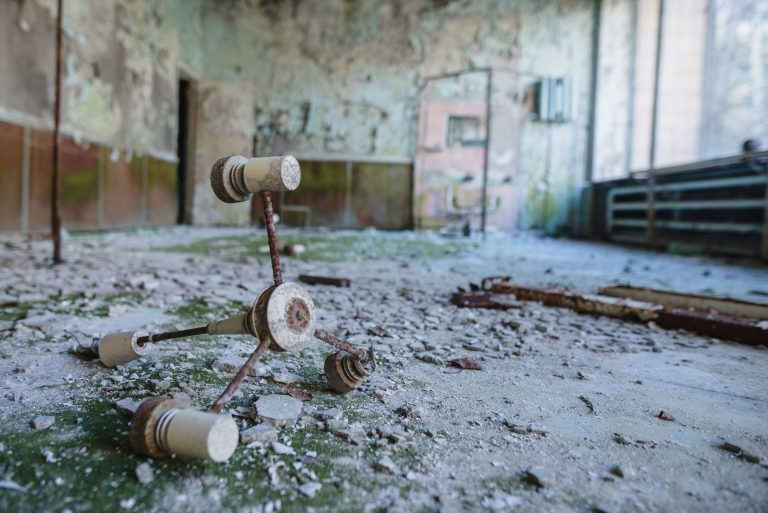
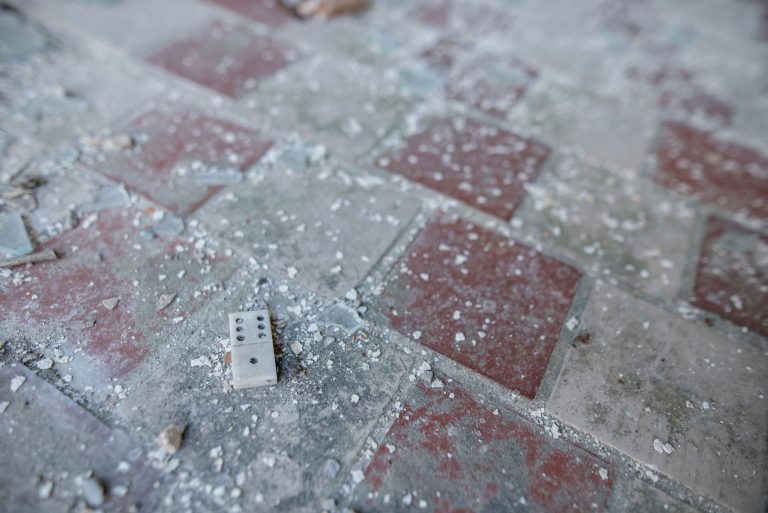
slideshow
In several days, the owner of the ball finds us. He is a bully, a bit older than us with bad reputation. He grabbed both of us and made a speech. According to it, we must either give him back his ball or give him 10 roubles. Now I’ll point out that we saw 10 roubles even more seldom than leather balls. That is why, it was inacceptable. What else could we do? Of course, to tell everything to my mother. However, we didn’t. We just kept it secret. Two, three days down… and the Chornobyl Nuclear Power Plant explodes. Such a nice feeling when you get three more days to put off the meeting with a blackmailer.
— We organized meetings of so-called almost graduates. Several years ago, we gathered the majority of clasmates. We had a good time together, recalled some memories. Citizens of Prypiat now inhabit all former USSR and Europe. Actually, it was easier for Prypiat residents to settle down far away from Ukraine, from Kyiv, for the people to talk and know less.
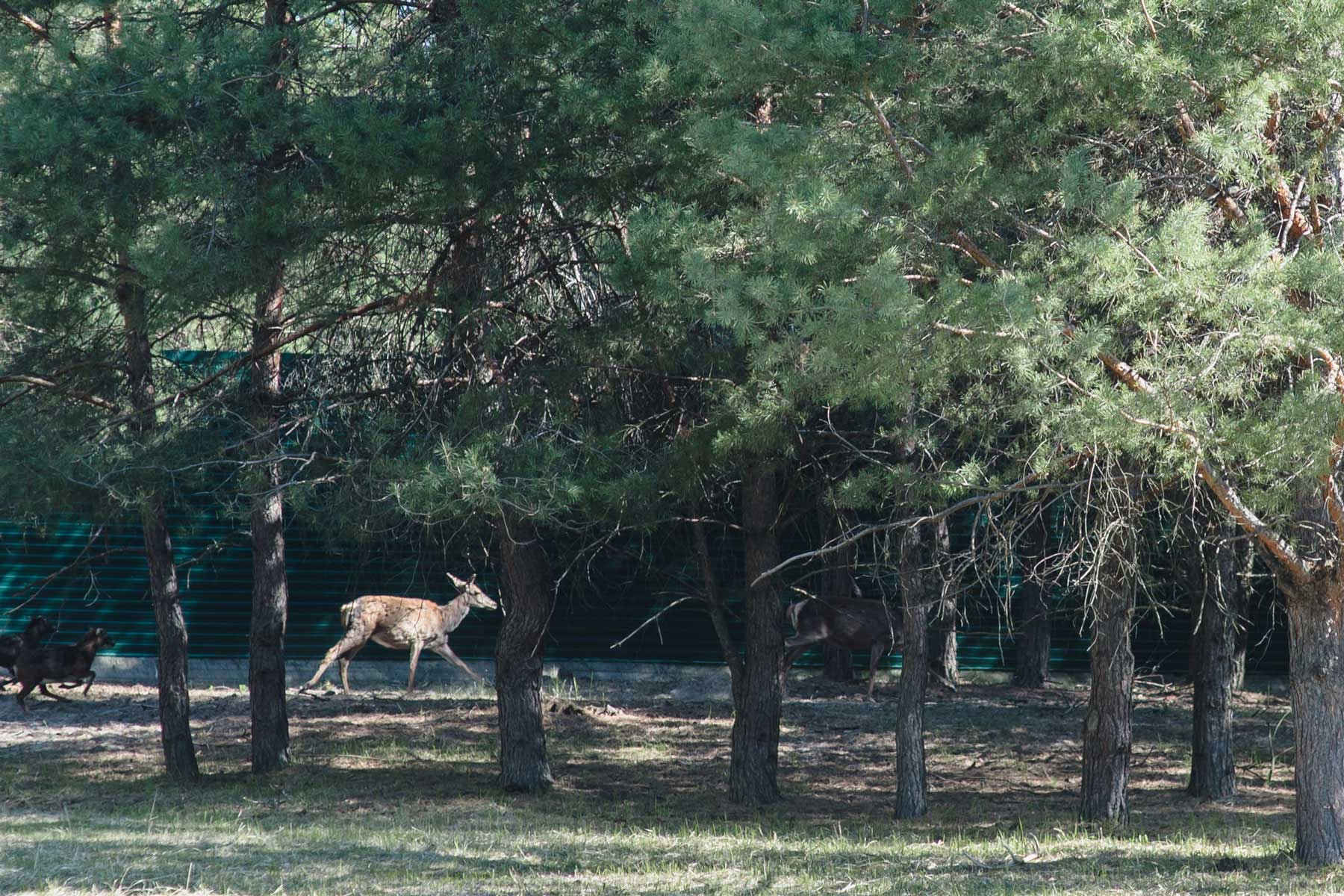
Wildlife
Having been abandoned for decades, the Chornobyl Exclusion Zone was covered with young forest with wild animals. Many animals there are listed in the Red Book of Ukraine. The number of elks, deers, wolves, lynx keeps on increasing. The Zone is settled even by the animals that have never inhabited the territory. Here we can even find grey storks, brown bears, white-tailed eagles, and other species that were extremely rare here.
Also, the Exclusion Zone inhabits the population of wild Przhevalsky horses. These species got extinct in the XX century in natural habitat. In Ukraine Przhevalsky horses are bred in Askania Nova reserve (read our story about Askania Nova).
It is difficult to define the exact number of Przhevalsky horses’ livestock in the Chornobyl Exclusion Zone. Horses have to be distinguished with the help of special collars or chips. There are no special organizations in Ukraine to cope with this issue.
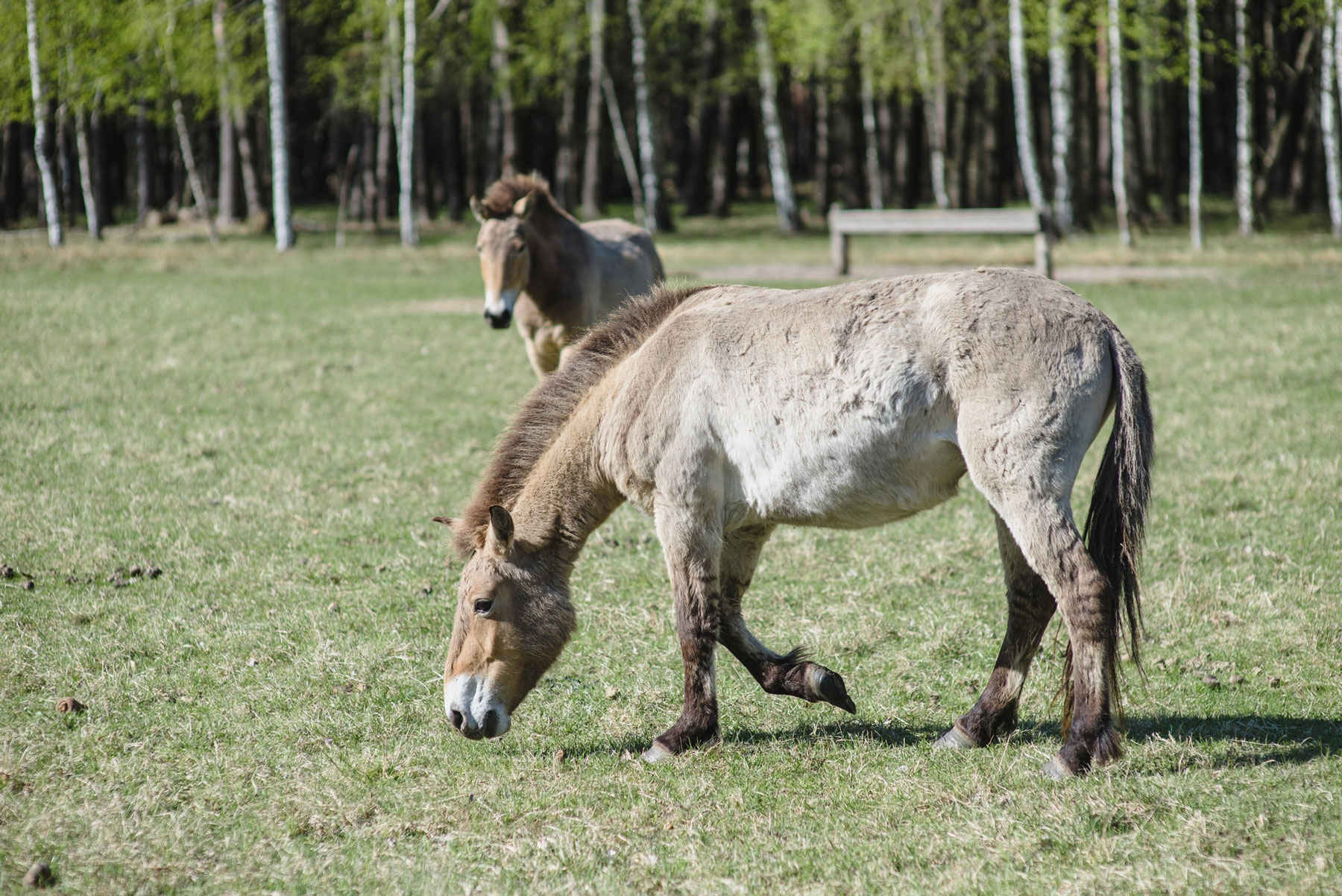
Olexandr Syrota is telling about the first time when Przhevalsky horses left the Zone and reached people’s yards.
— In autumn, 2014, two mares came to the village where I lived with my family for a year already (in 2013 Olexandr with his family moved to Dytiatky village that borders with the Exclusion Zone – Author). They settled down at the front of my house and started eating up the left offsprings at the people’s backyards, made friends with neighbor’s stallion. They probably stayed there, because of a huge amount of food out there.
It caused certain difficulties for citizens as horses spoilt the backyard.
— Horses do not understand that people planted these to survive. “If I cannot eat everything, I’ll bite it”. This is the case of these wild horses. We tried to return them back to the zone for several times. We took the stallion to which all of these stuck to to the Zone for 10 kilometers. Anyway, they followed him and after all went back to Dytiatky.
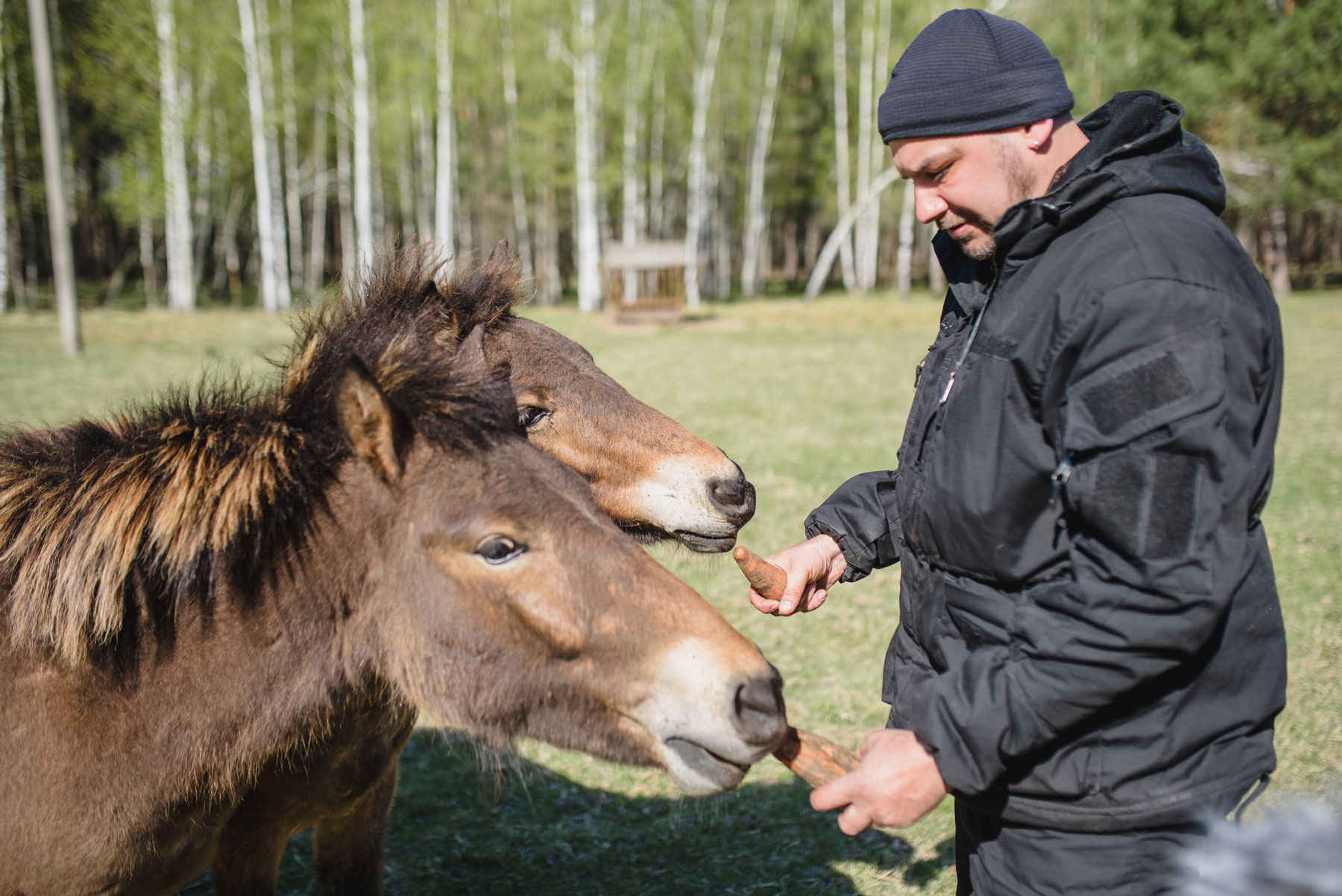
When Olexandr realized that his efforts were in vain, he built an enclosure the width and the length of which was 50 meters on the territory they grazed on. This was a temporary shelter for horses.
There are several versions of why these mares left the Zone and came so close to people. Olexandr says that biologists suppose the horses were kicked out of a herd.
— Przhevalsky horses have a singular type of relations inside a community. If a stallion’s daughter reaches puberty, the father forces her to leave his heard and go searching for another. This is what likely did happen. They went on looking for a stallion and couldn’t find the one in the Zone. Hence, two mares left it and found a domesticated stallion Lord in the village and decided to make a herd with him. They didn’t ask me permission. They didn’t ask Lord as well. We had to face they are going to live here.

Horses lived in an enclosure until the autumn of 2016. People fed the mares and tried to get rid of them somehow. Unfortunately, everything was in vain.
— I already lost hope that we can do it. Nobody wanted to help. These species are from the Red Book and the government had to be the one to care about them.
For the last 2 years mares gave birth to two hybrid ponies. Their father is the stallion the mares joined and created a herd with. Two females are called Lilo and Stitch after characters from homonymous cartoon.
— My child made up the names for offsprings. We called the adults. Their names are horse no.1 and horse no.2, as we have problems with fantasy.
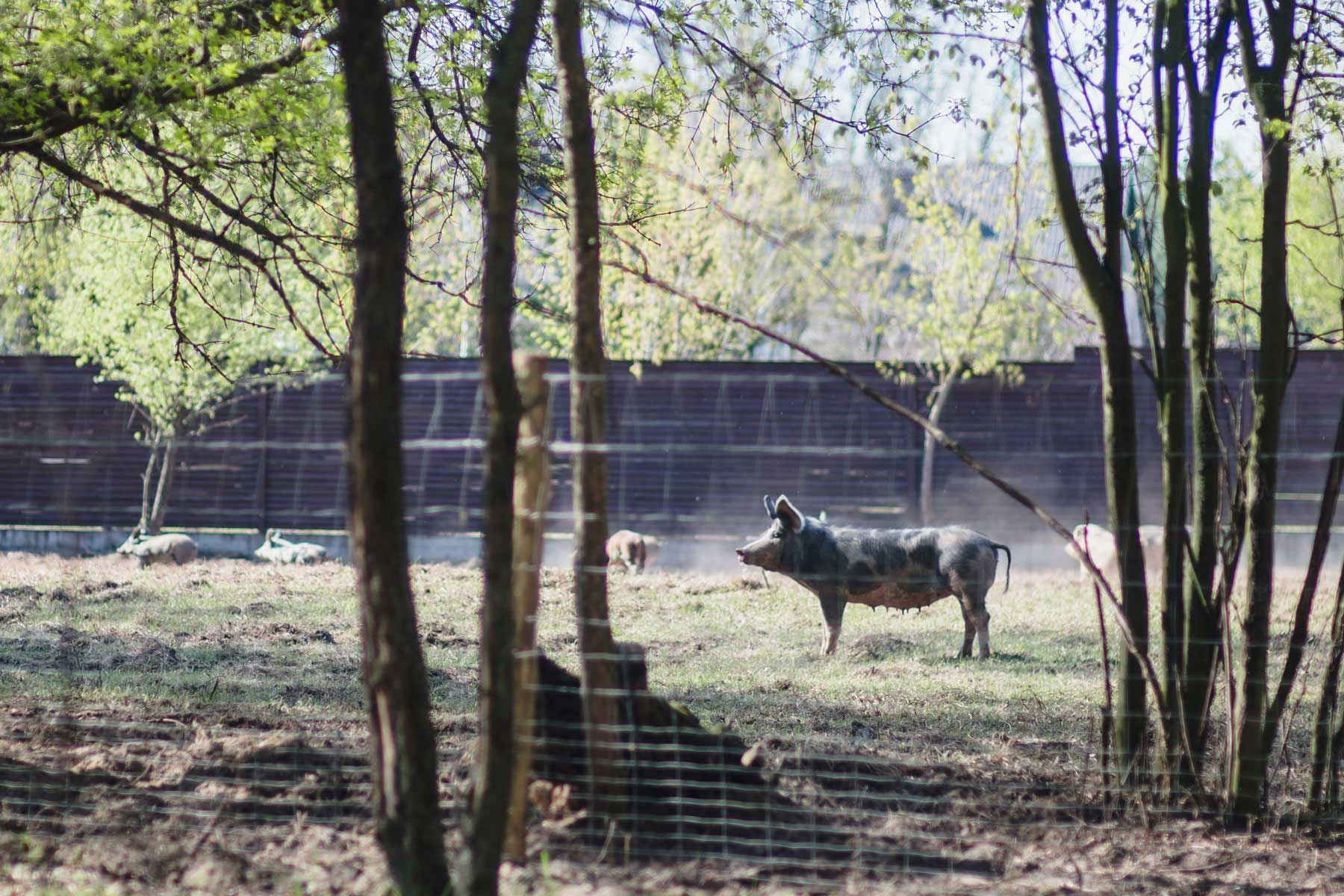
Subsequently, the zoo coordinator in Mizhhirya Serhiy Grigoriev coordinated Olexandr. He suggested trying to transport the animals to the territory of the enclosure in Sukholuchchia, where they would live in better conditions.
— It was a special operation. Wild animals, which, although got used to a human for two years, did not allow anyone to get closer. They have never been transported before. We have involved zoologists, veterinarians, who gave them a sedative. The entire operation lasted for the whole day. Horses were successfully transferred here. They spent winter here.
Hunting club “Kedr”, or “Sukholuchchia” is a site where the former head of state Victor Yanukovych and his entourage hunted. Nowadays nature conservationists create a national park “Dniprovsky-Teterivsky” on this territory. They hope for the ecotourists to come, not the hunters.
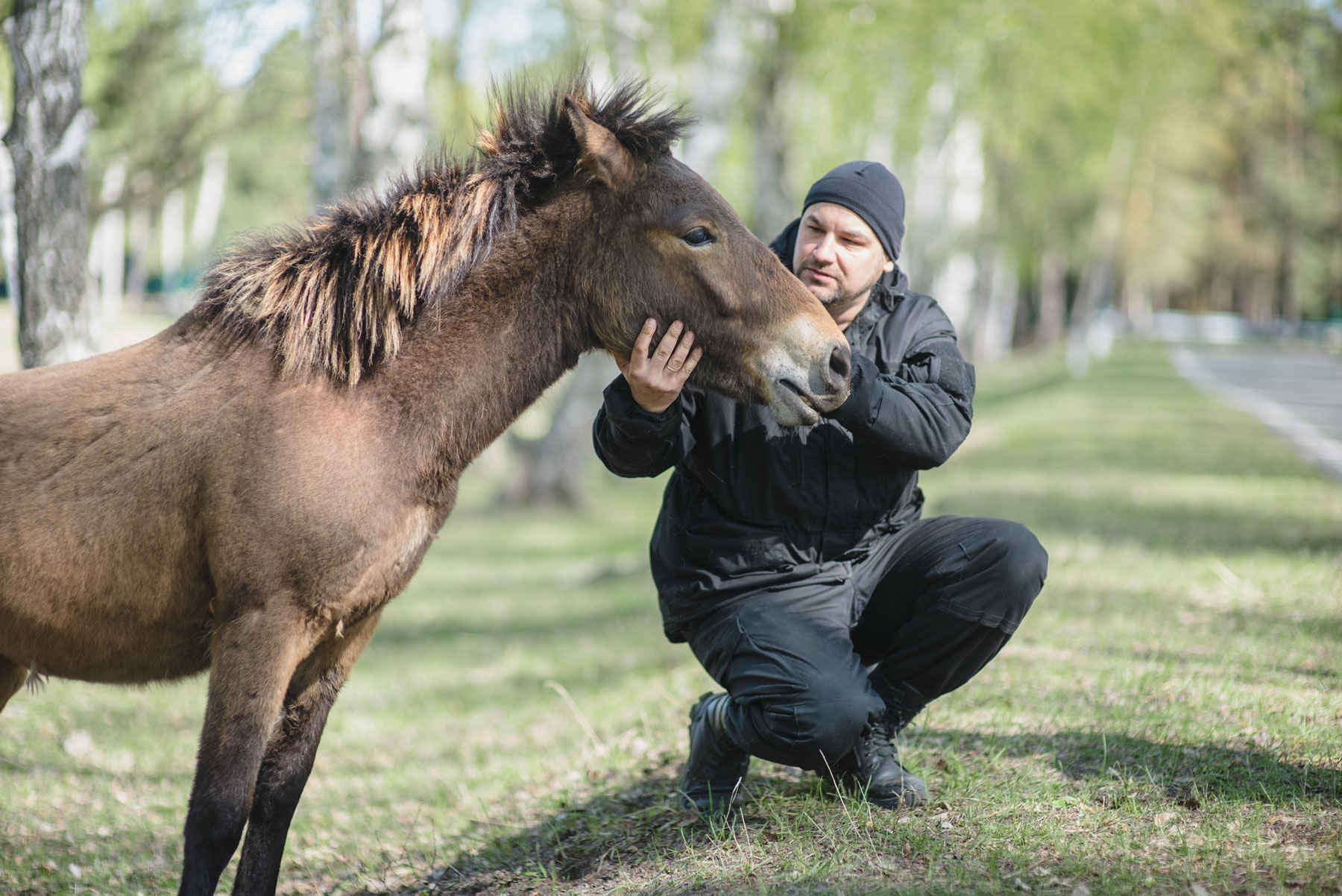
Olexandr explains that settling in Sukhoulucchia is the perfect option for horses, because even in the zone they would be in greater danger.
— They could become food for wolves or come across a human. Wild animals are constantly under these risks: predators, people, traps, pits, lack of stable nutrition. After two years of living with people the only option is the area where the horses will feel comfortable, where the wolves won’t hunt them.
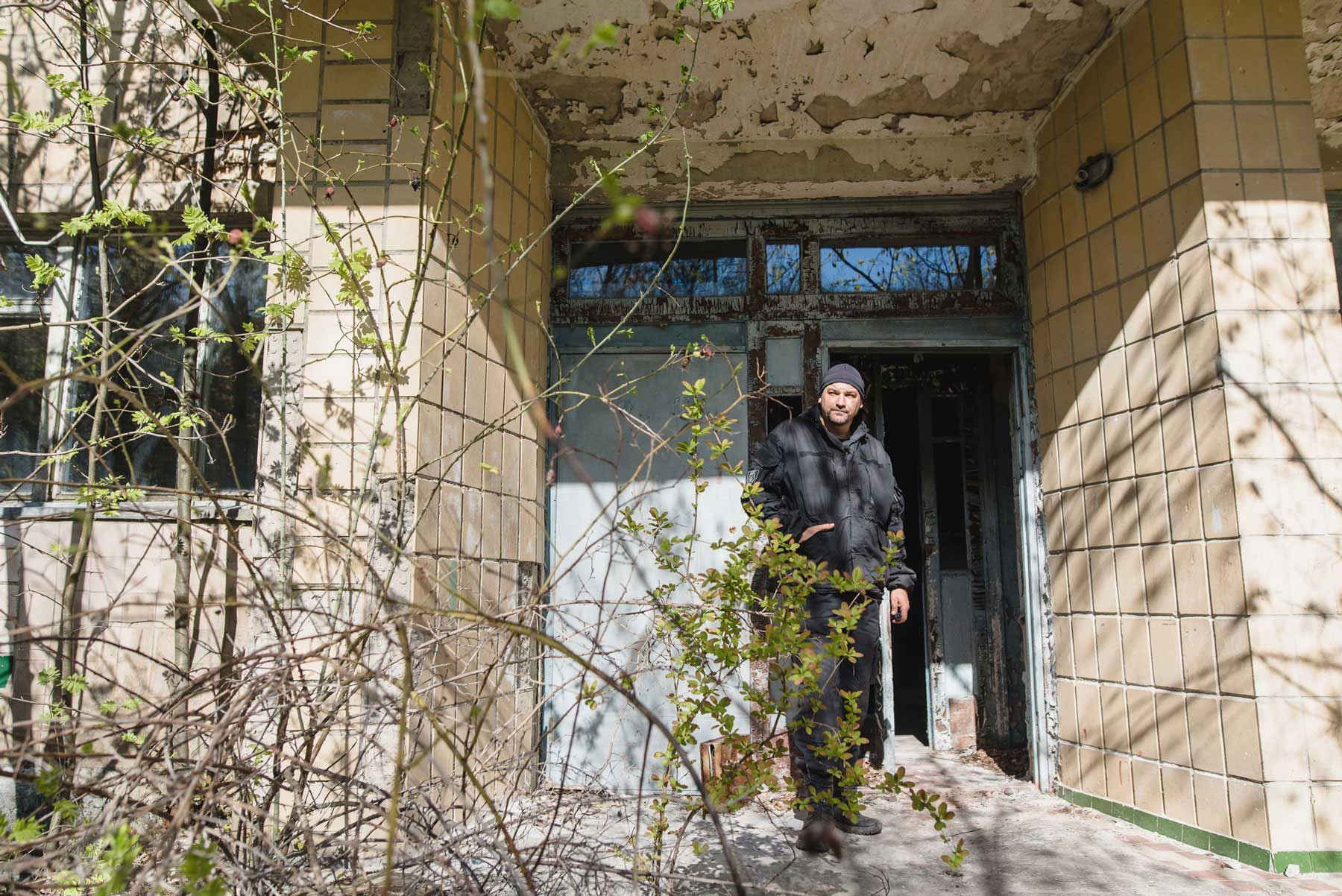
Excursions
Olexandr organizes excursions to the exclusion zone. A conscious decision as well as a series of fatal randomness led him to this work.
— In 1997 I got to Prypiat quite unexpectedly. I started working in the field of swimming pool construction. The chief has sent me to the object to assess the possibility of reconstruction of the pool. I did not know where I would go, so I sat in the car and fell asleep. I woke up in Prypiat, near the “Azure” swimming-pool. At that time, it was working for the staff. I’m not sure whether this was some kind of global initiative for a possible pool reconstruction. Everything was organized at the level of some supply manager, who called the random firm to find out, whether it is possible or not. And that is how it turned out that I found myself here being busy with general non-thematic occupations. What is more, this is not the only case when I returned to the city.
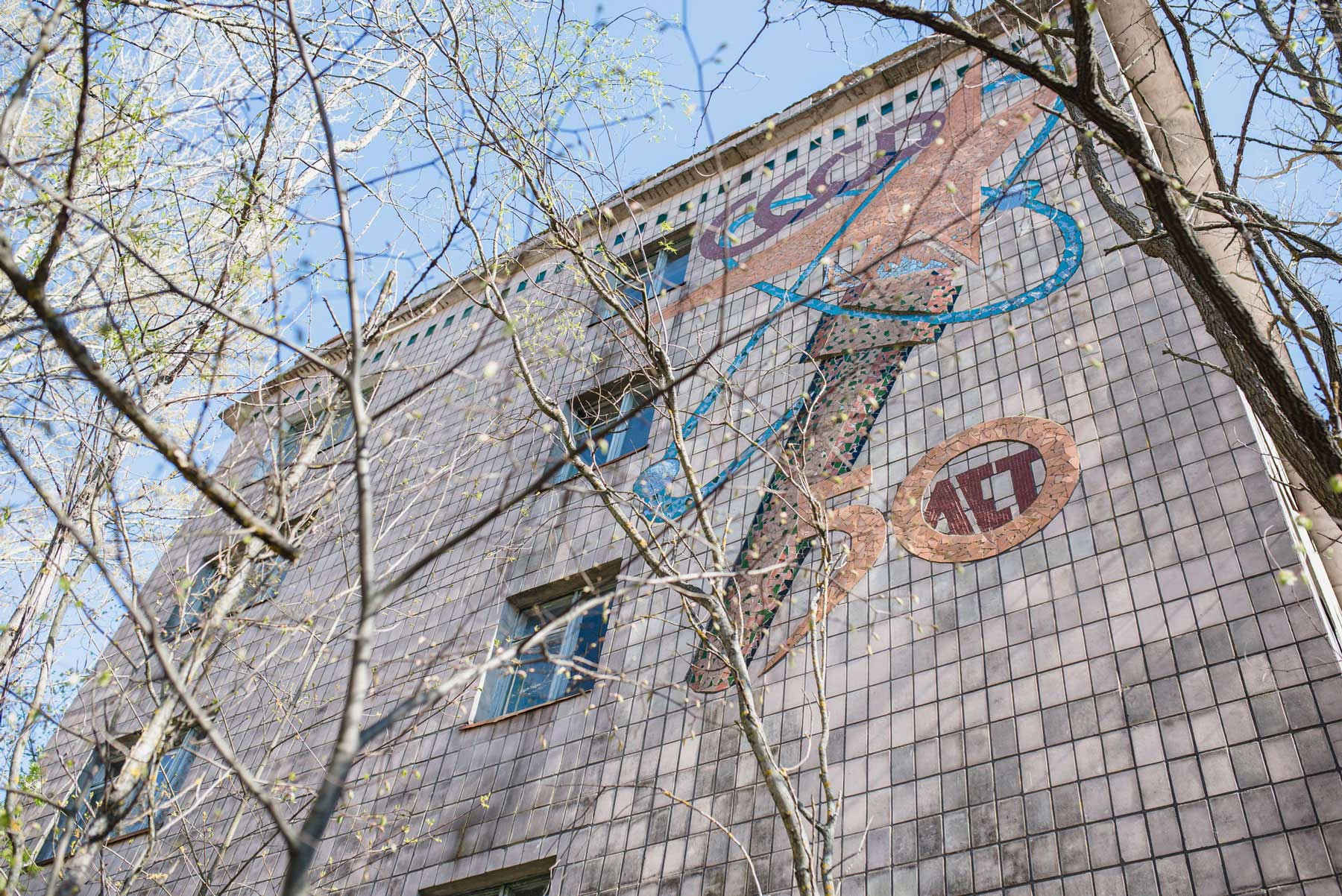
There was such a moment when I had to choose what I would do next in my life. At some point, I just decided that the Chornobyl theme was more interesting and closer to me. I left the business, left everything to my partner. It was 2004. I could not even imagine then that I would move out. For some time, I worked remotely. Then I just got tired and started looking for a home closer to work so that I did not have to drive anywhere. This is probably the main reason, and everything else is more of a lyric.
Did I think about returning here forever? Well, that was only before my first visit. I believed then that there was a place to go back to.
— Yes, I want to come here and I am to do so. However, I understand that we will not be here again, but the deer, fox Semen and his children. The prospect of living here is a thing that I cannot change. This is a fact we simply live with for the decades of Ukrainian history.

Olexandr explains why it is so important to be a knowledgeable and experienced guide to work in the Chornobyl zone.
— Several thousands of people a year go through the Exclusion Zone and the trend only goes on increasing. People from all over the world rush here. There were never any representatives from the African continent, but from most other countries and continents. In general, a trip to the zone is a certain risk. And I am not talking about radiation pollution at the moment, although it is also a risk factor. We are now standing in the yard, but it is likely that a herd of wild animals may stand behind the bush and we will not see them. Wolves, draws… Sometimes bear tracks appear on the left bank of the Prypiat River. There are risks considering the state of the constructions. As you can see, the first neighborhood is in a very bad condition.
My perception of how the Exclusion Zone may look like may be different from how the state sees it. I would like to see this territory as it is de facto; just with a legal status. This is a unique open-air reserve, where nature shows that it is equally restored in spite of human efforts to destroy. Prypiat is a place where people can feel the way survivors of the place do. They can imagine that this could happen to their city and try to bear the fact. And then live the way to avoid the raise in ghost towns.

I was very disappointed that the exclusion zone was a kind of an attraction for people. Especially it could be noticed during the first years I started organizing tours there. It drove me crazy. Then I saw what people came to Prypiat and who they were turning into at the end of a trip. Now I believe that the motivation that brought them here is absolutely unimportant. What matters is what they will take with them leaving the place. I do not mean pockets filled with souvenirs, but the luggage of knowledge and experience.
Many people called after the trip and said, “You know, the things you showed us just turned our world upside down.” It is personal to everyone and usually we do not share such things with anybody.”
Although the Prypiat Oleksandr Syrota shows to visitors every day, relates to the Soviet legacy, he feels like a Ukrainian.
— I was small when Ukraine became independent. I remember how big the flow of emotions or even some happiness it was. I believe that Ukraine should be an independent state, regardless of our neighbors’ desires and the way they see us. We have the right to self-determination. Speaking globally, Ukraine is a lost and a reborn homeland. My family on the maternity line was repressed and evicted from Ukraine to Kyrgyzstan. They repatriated years later. I saw my mom began to feel like a Ukrainian. That is what I was and am coming through till nowadays.
The way we shot
The vlog is about our trip to Prypiat, 5 days without shower, the meeting with a 91-year old liaison person of Ukrainian Insurgent Army, one of the last survivors, a new word learnt both theoretically and practically by our Polish photographer Mateush during a trip.

